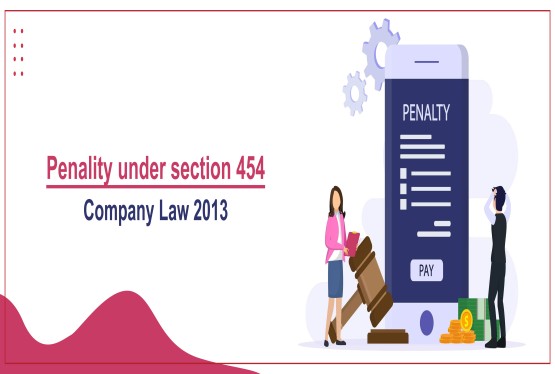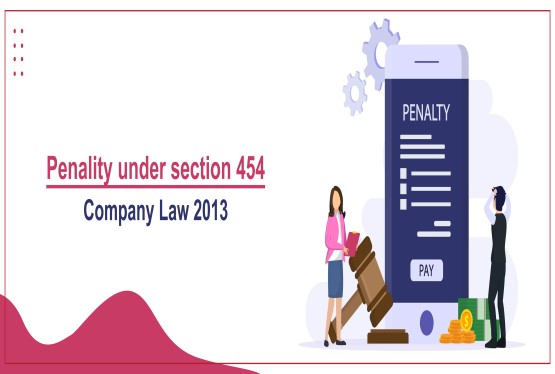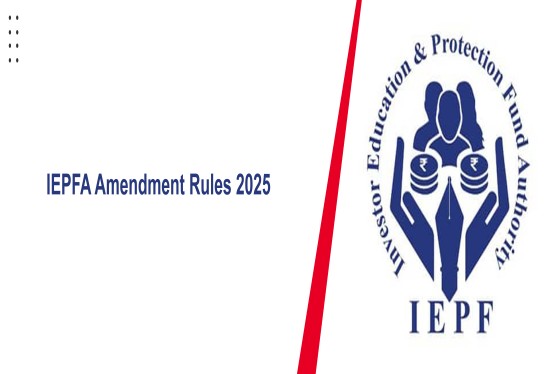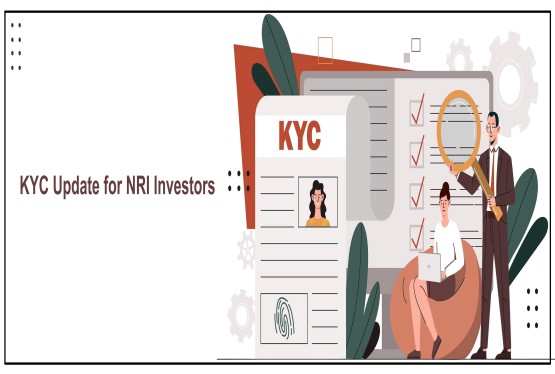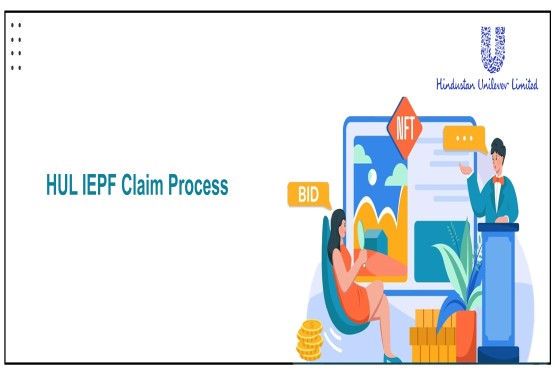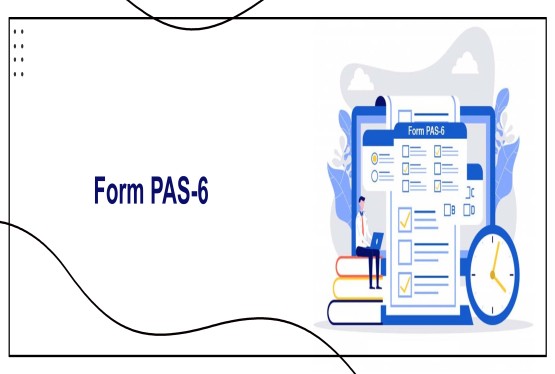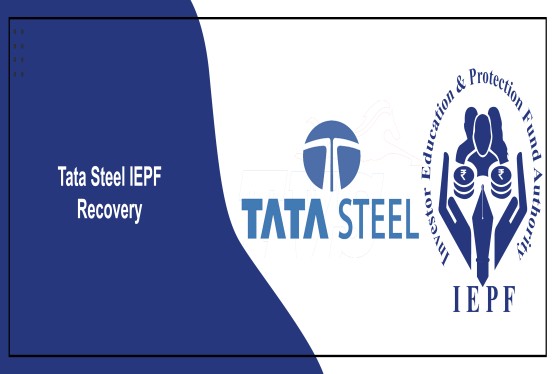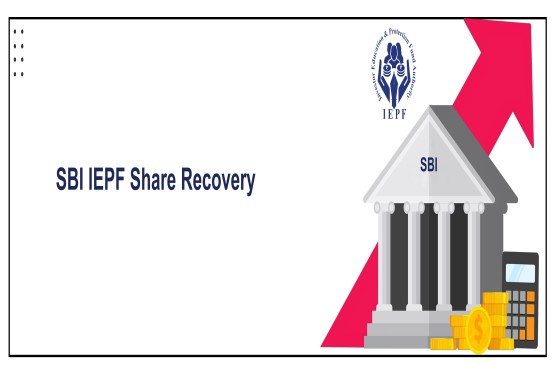A successful SME IPO listing depends as much on the issuer’s discipline as it does on the efforts of the Lead Manager, legal counsel, auditors, and other intermediaries and to keep diligence friction-free, disclosures consistent, and approvals on track, the issuer (client) must own specific responsibilities from day one through post-listing where the essence is simple to provide complete information on time, centralize coordination, maintain transparent records, enable secure access to regulatory systems, and promptly notify any change that could affect eligibility, disclosures, or investor decision-making.
Timely, complete, and accurate information
From kick-off to listing, every statutory form, verification memo, and disclosure table draws from what the company provides. The issuer must share complete, correct, and internally vetted information financial statements, management discussion and analysis, auditor reports, tax records, material contracts, related-party details, litigations, borrowings, charges, IP and brand assets, key operational metrics, and any event-based compliance history within agreed timelines. Gaps or late deliveries stall diligence notes, slow down responses to exchange/regulatory queries, and may trigger avoidable resubmissions.
Single point of contact (SPOC) and coordinated internal response
Appointing a senior SPOC with authority to source records from Finance, Secretarial, Legal, HR, Sales/Procurement, and IT is essential. The SPOC consolidates queries, tracks deliverables, resolves internal bottlenecks, and confirms version control so that the same numbers and narratives flow across the draft prospectus, presentations, investor communications, and exchange submissions. A strong SPOC function eliminates contradictions that otherwise surface during exchange reviews or investor diligence.
Financials, contracts, disclosures, and reports within agreed timelines
IPO timetables are tight: auditors finalize periods and notes; secretarial teams align share capital, ESOPs, and pre-IPO restructurings; legal counsel validates materiality thresholds; and the LM prepares diligence notes and offer documents. The issuer must ensure that audited financials (including interim periods where applicable), management certifications, board/shareholder approvals, loan and security documents, customer/vendor contracts, lease deeds, licenses, and statutory filings are shared on the calendar agreed at kick-off. “Work-in-progress” items (e.g., updated GST reconciliations, PF/ESI challans, or charge modification forms) should have clear completion dates and owners.
Secure access to regulatory and compliance portals
During diligence and through the public phase, the LM/consultants may require read or submission access to key systems to verify filings or lodge submissions on the issuer’s behalf. As applicable, the issuer should provide access credentials or delegated rights to portals such as SCORES (SEBI Complaints Redress System), CeFCoM (Centralized Filing & Compliance Monitoring), SI Portal, FIU-IND, and CERSAI. Access should be provisioned securely (role-based, time-bound, and revocable), with an internal log of who holds what and for how long. If policy does not permit sharing credentials, arrange supervised sessions or token-based access so submissions and verifications are not delayed.
Timely payment of statutory and professional fees
IPO costs span exchange/regulatory fees, RTA and depository charges, auditors and peer review costs, legal and secretarial fees, advertising and PR spends, printing/IT, and the LM’s fee and OPEs. The issuer must release payments in line with milestones so vendors can proceed without credit holds. Delays here often cascade into missed windows for exchange processing, marketing schedules, and listing approvals. Keep a finance-approved cost tracker with contingency buffers for unforeseen requirements (e.g., additional advertisements or clarificatory legal work).
Robust internal records and SEBI trading-restriction compliance
The issuer should maintain a clean, retrievable record set: final policies (Code of Conduct, PIT/Insider Trading, Related Party, Vigil Mechanism, KMP/Board charters), agreements (customer/vendor, loan/security, IP, brand, distribution), HR registers, and past regulatory submissions. Where SEBI’s Prohibition of Insider Trading norms apply, ensure pre-clearance, trading windows, designated persons’ lists, and UPSI handling are live and auditable. For directors, KMP, and employees, communications on trading restrictions and acknowledgement records should be updated and easily producible during diligence or inspections. Align website disclosures with the final prospectus and keep a change log.
Change management: immediate intimation of material changes
Any change that could impact disclosures or eligibility must be reported to the Firm and the LM immediately appointment or cessation of directors/KMP/Principal Officer; shifts in shareholding (including pre-IPO placements or conversions); changes in net worth; new borrowings, guarantees, or charges; corporate actions; modifications to objects of the issue; rebranding or website/domain changes; relocation of registered/operational offices; new material contracts; litigations or show-cause notices; and sectoral approvals. Early intimation helps the team assess materiality, update risk factors and sections of the draft, and, where required, seek exchange guidance.
Website, investor-facing content, and complaint infrastructure
Ahead of filing and certainly before the public phase, the issuer must ensure that its website is complete, consistent with the draft prospectus, and operationally ready: corporate overview, policies, investor relations page, statutory disclosures, grievance redressal details (email, officer name, timeline), and standard notices. For regulated businesses, the issuer should confirm the presence of mandated disclosures and complaint workflows (including SCORES linkages). Any divergence between prospectus statements and public-facing content invites regulator queries; treat the website as a formal disclosure channel during the IPO.
Operational readiness for due diligence and site visits
Be prepared for management interviews, plant/office walkthroughs, inventory and process checks, IT control sampling, and discussions with key customers or vendors (subject to NDAs and LM guidance). Must check statutory registers, minutes books and records, SH-1: share certificates (where applicable), charge documents, and license originals are traceable. Where photographs or geo-tagging are customary for diligence notes, arrange access and permissions in advance.
Communication discipline and confidentiality
Public communications during the IPO are regulated and the issuer must route all media interactions, investor responses, social posts, and marketing collateral through the LM and legal counsel. Refrain from selective disclosures or performance claims that are not in the draft prospectus. Internally, adopt a “need-to-know” approach for UPSI, maintain secure data rooms with controlled downloads, and follow document versioning protocols to prevent mismatches between teams.
Post-listing continuity and periodic compliance
Responsibilities continue after listing: prompt dissemination of material events, quarterly/half-yearly submissions as applicable to the SME platform, results publication, stakeholder grievance handling via SCORES and internal channels, PIT compliance cycles (trading windows, declarations), website upkeep, and synchronization with the RTA and depositories. Treat the first four quarters post-listing as a “stabilization runway” with defined owners and calendars to avoid slippages.











































































_crop10_thumb.jpg)




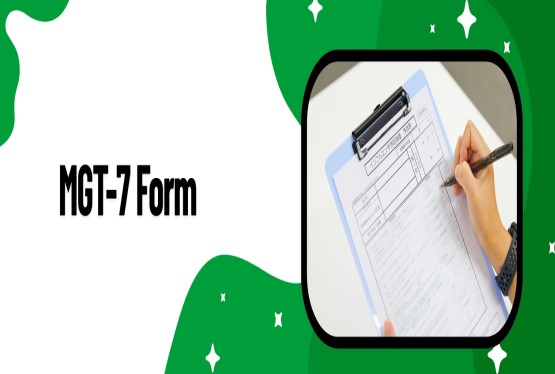





























































_crop10_thumb.jpg)
_crop10_thumb.jpg)



_crop10_thumb.jpg)


_crop10_thumb.jpg)





_crop10_thumb.jpg)

_crop10_thumb.jpg)














-suratgujarat-section-158_crop10_thumb.jpg)
-suratgujarat_crop10_thumb.jpg)
-(33)_crop10_thumb.jpg)



-ahmedabad_crop10_thumb.jpg)
-learn_crop10_thumb.jpg)

-learnn_crop10_thumb.jpg)



























































_crop10_thumb.jpg)















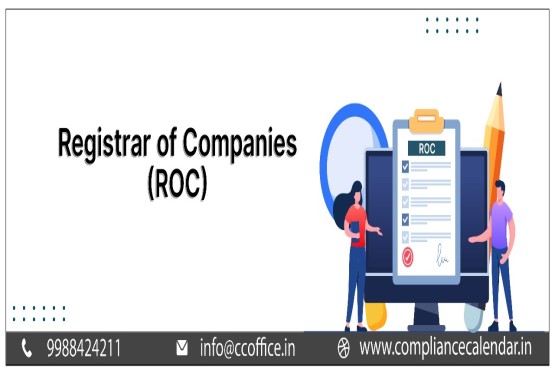






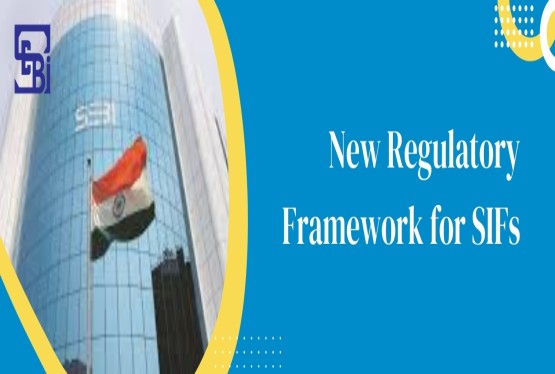
_Guidelines_learn_crop10_thumb.jpg)























_learn_crop10_thumb.jpg)
_crop10_thumb.jpeg)










_crop10_thumb.jpg)




_Second_Amendment_Rules,_2025_learn_crop10_thumb.jpg)







_learn_crop10_thumb.jpg)






















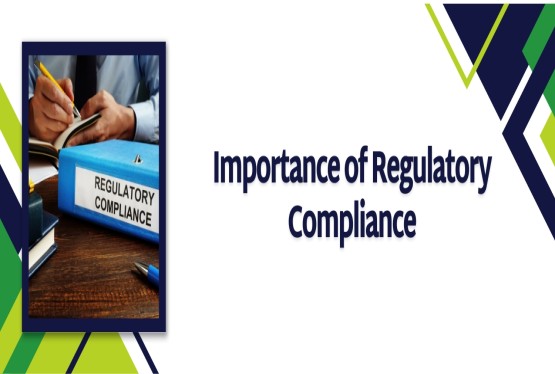







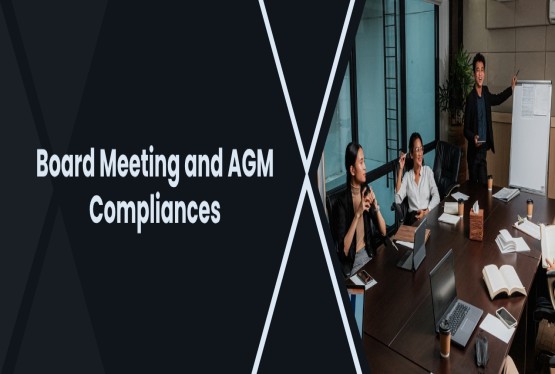
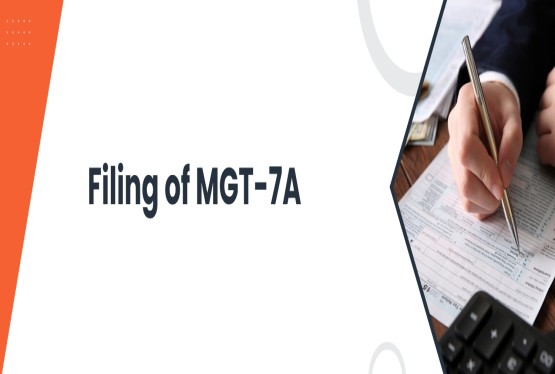
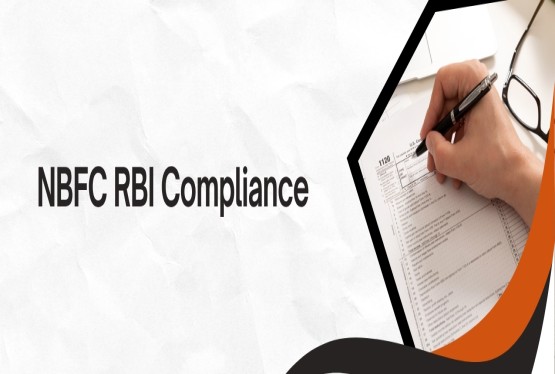
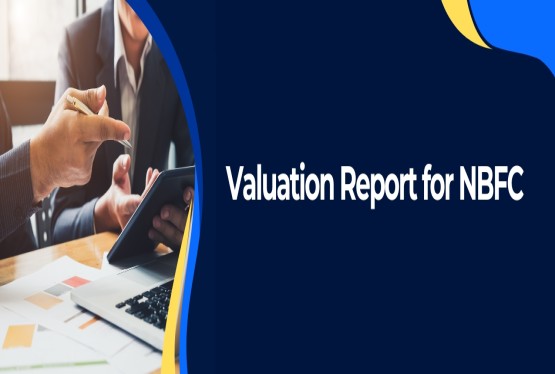




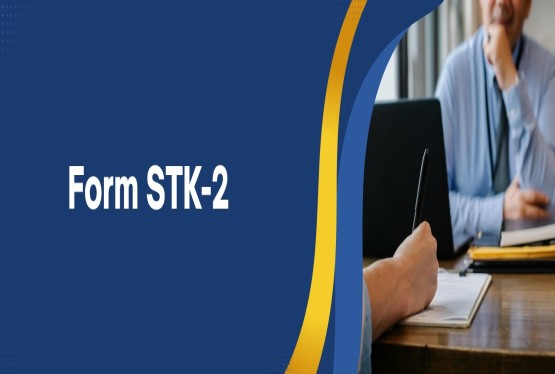
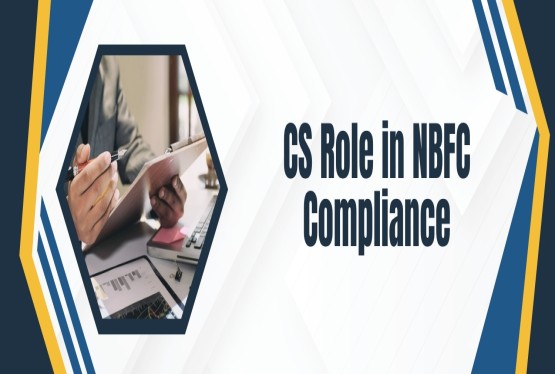


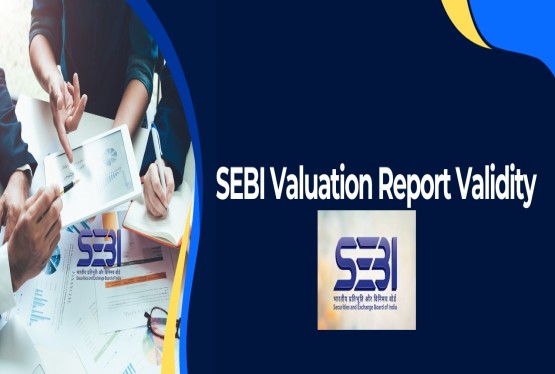

_learn_crop10_thumb.jpeg)

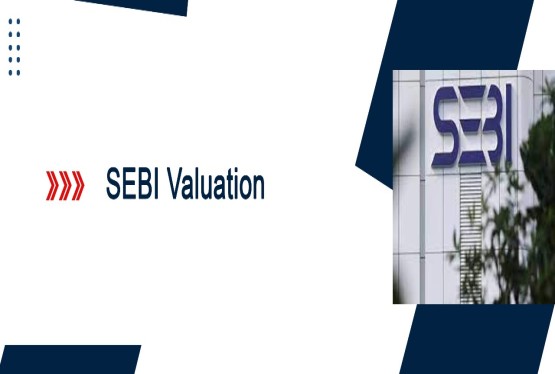






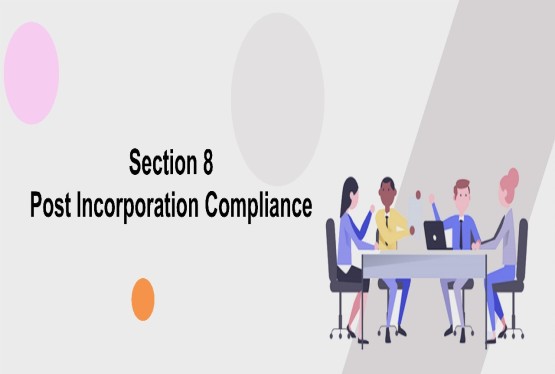
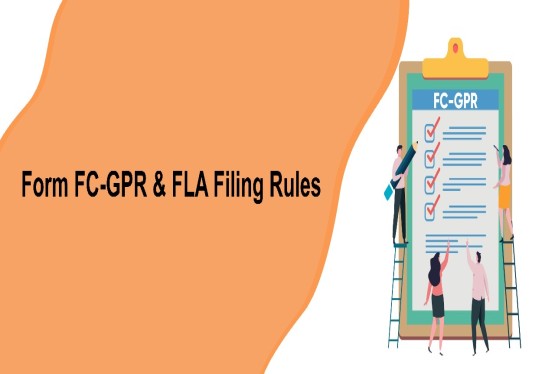
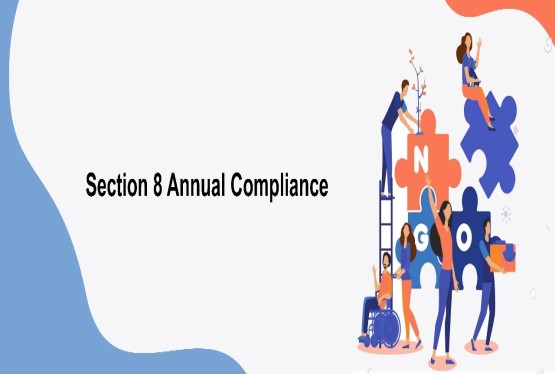
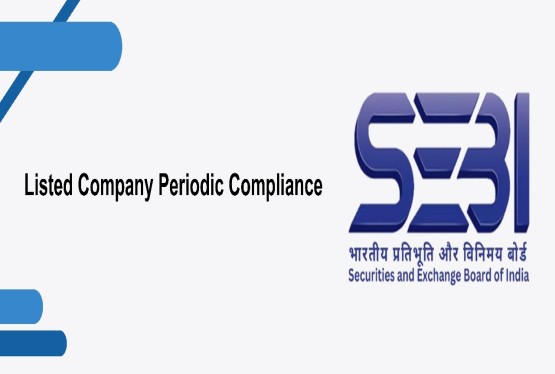

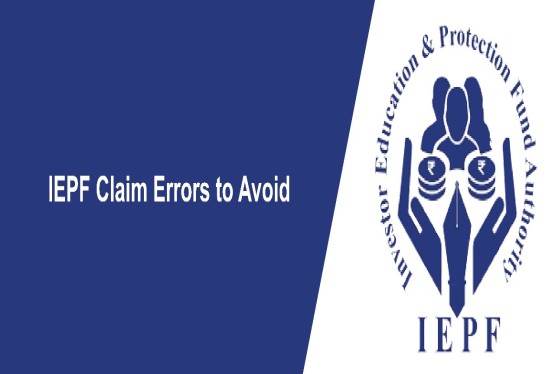


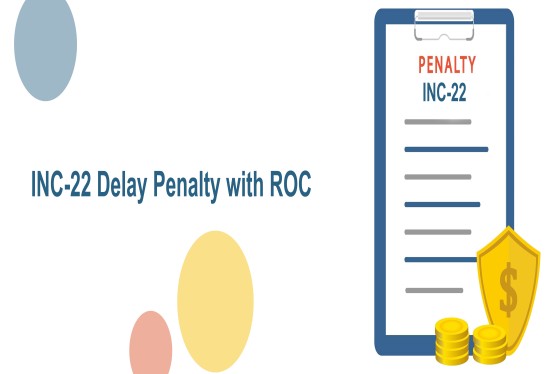


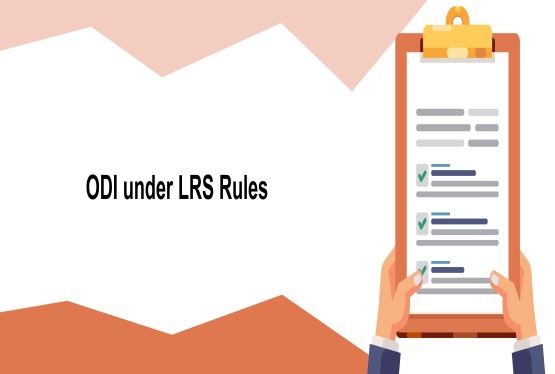
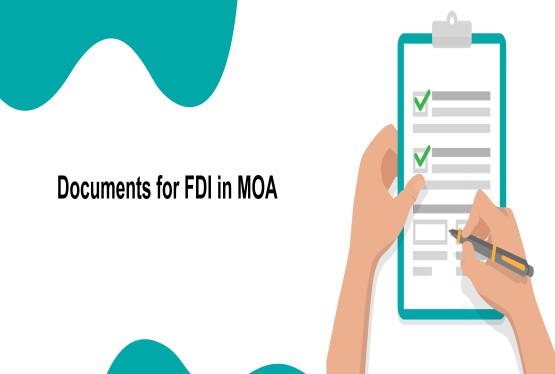
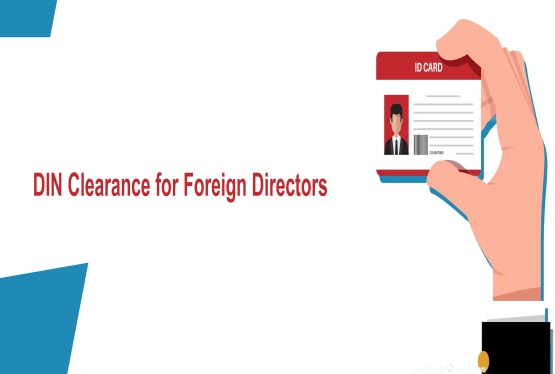

_learn_crop10_thumb.jpg)
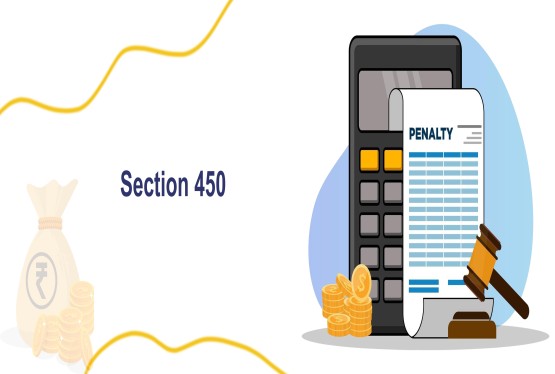


_rd_roc_learn_crop10_thumb.jpg)
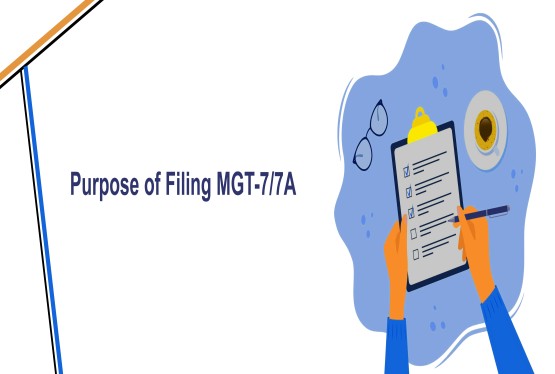
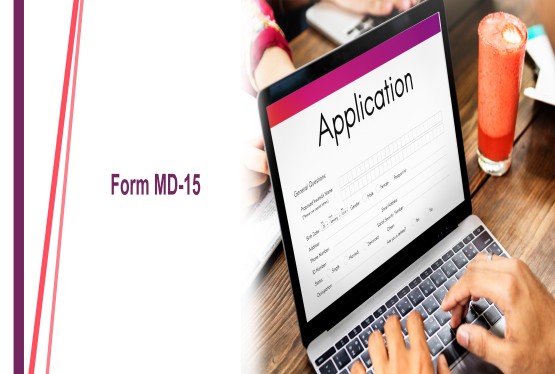


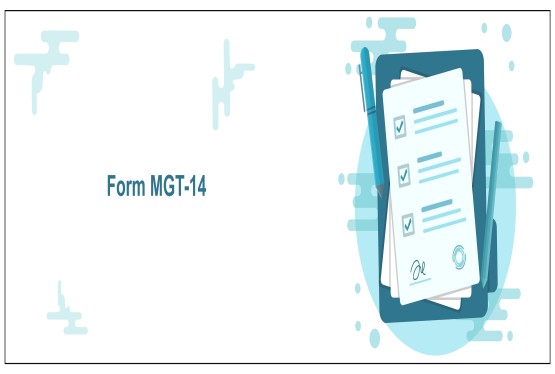
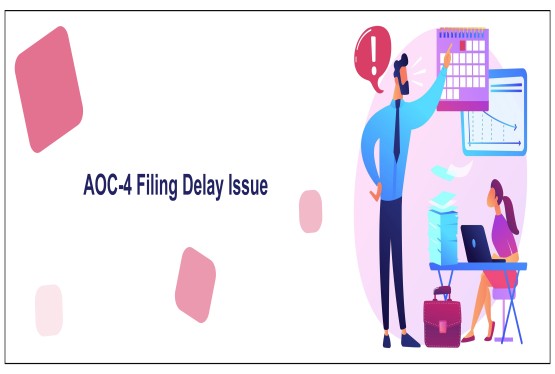
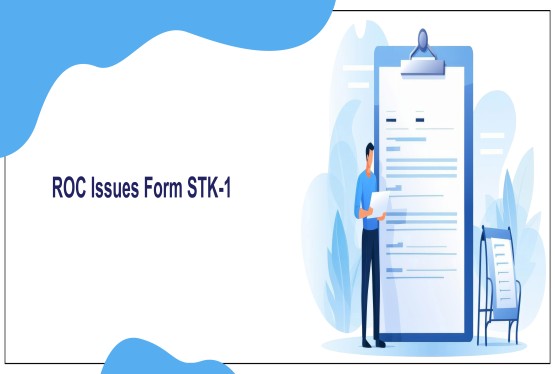




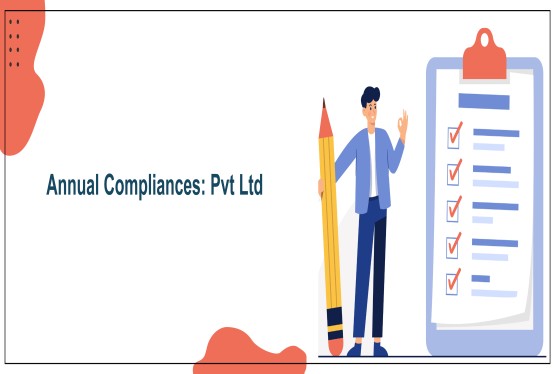

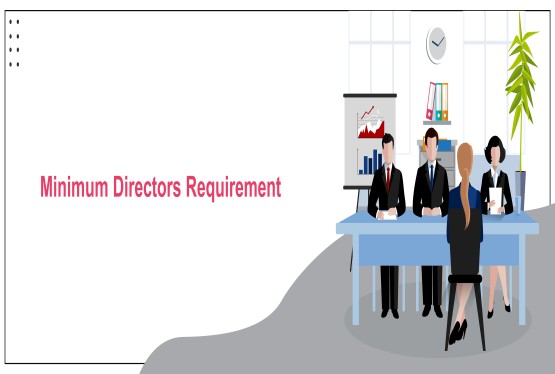

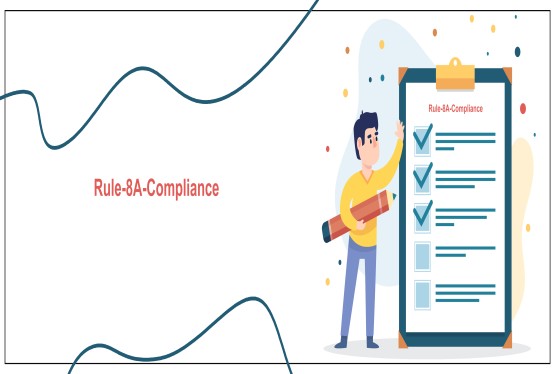
_learn_crop10_thumb.jpg)

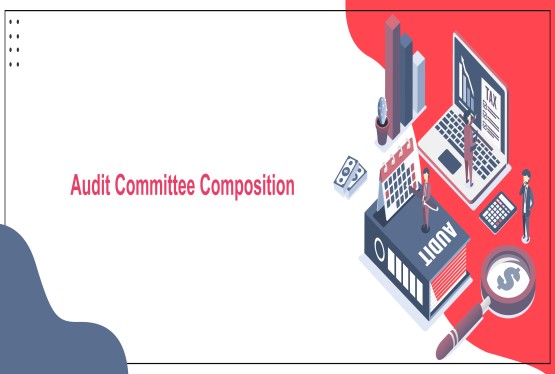
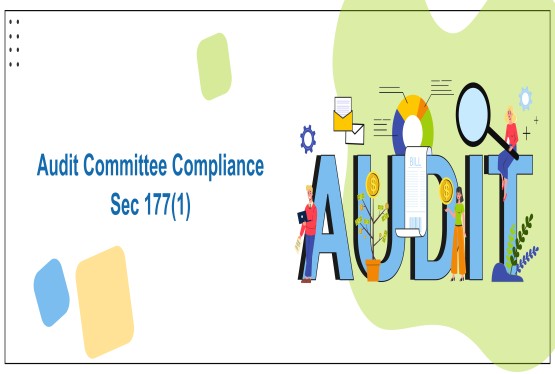



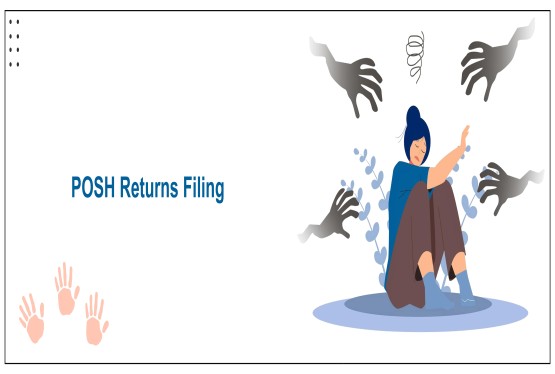
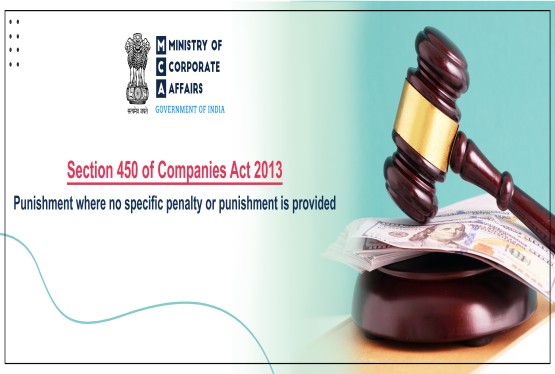

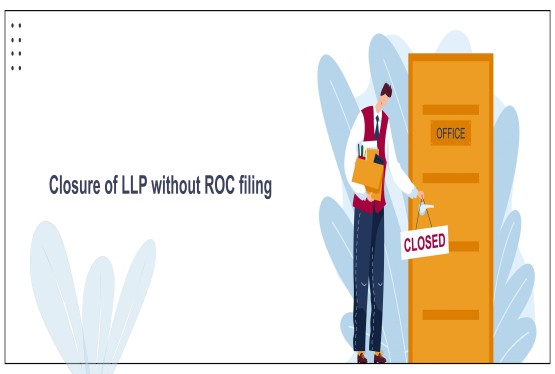

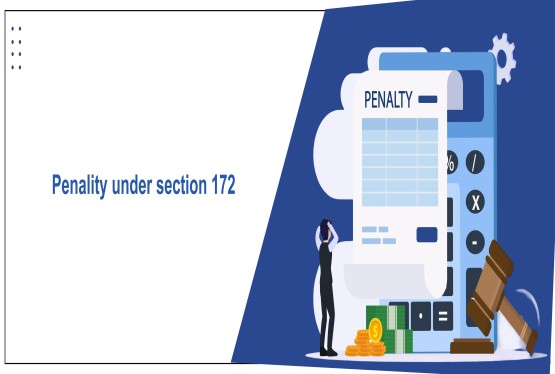
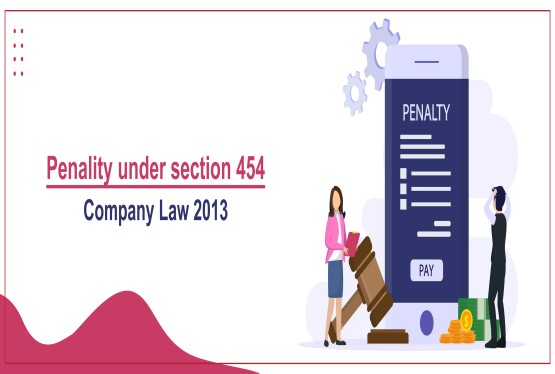
_learn_crop10_thumb.jpg)
_Learn_crop10_thumb.jpg)
